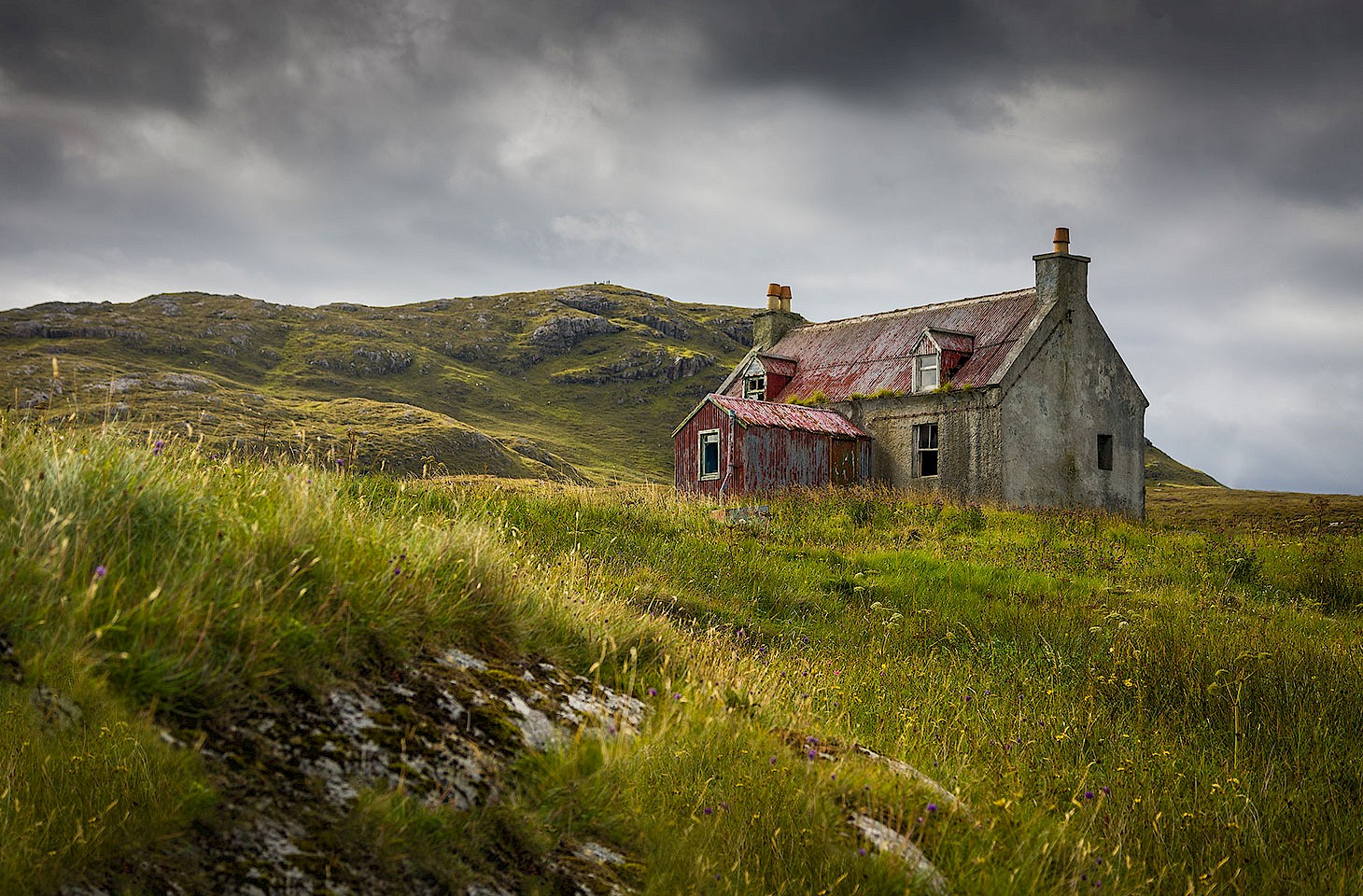Dear fellow travellers
It was exactly a hundred years ago that Patrick Gillies published his perceptive account of some of the less fashionable corners of Argyll in western Scotland. Gillies eschewed the broad vistas favoured by earlier writers enamoured of the lochs, glens and isles - think of Thomas Pennant or John Stoddart - and instead looked at the finer details in the Argyll landscape. He visited outposts like the Slate Islands, then as now rather off the beaten track and by-passed by most travellers.
Gillies pepped up his accounts of life on the islands of Luing and Seil with quotes from Wordsworth and Tennyson. When Gillies visited Luing, the slate industry on the island was at its peak, employing at that time a couple of hundred men. Slate mining has declined and nowadays Luing is best known for its distinctive breed of cattle and its lobster fishing.
There are a thousand unsung spots around Argyll, from caves and bays on Mull's wild west coast to little islands in the Firth of Lorn. Among the latter is beautifully rugged Eileach an Naoimh, home to no-one and yet rich in ancient ruins. There are the fractured walls of an old monastery, a reminder that Brendan founded a small community here in the sixth century, many years before Columba reached Iona.
Away to the south are the strong outlines of the Paps of Jura, laced with winter snow. And Jura is another island full of secret diversions. The zigzag turns of Loch Tarbert on the island's west coast make it one of the most engaging of Scottish inlets, ever taunting the explorer to venture further into the interior of the island - and surely damaging many a good boat in the process.
Argyll, like so many areas in Europe today, is a place of fluid identity. It has had to be, for over the last 150 years its boundaries have shifted to suit the whims of distant governments. In the late nineteenth century it lost the Small Isles, then in 1975 great chunks of the north of the old county were ceded to the Lochaber District of neighbouring Highland region.
Lines on maps do not always make a lot of sense nowadays, as the media create new spatial identities. Full marks therefore to For Argyll, the webwise news service which uses the internet to bring together Argyll communities that might otherwise know nothing of each other.
For Argyll works at a very local level. Within little more than a year, For Argyll has demonstrated very effectively that Argyll is more than just an area on the map of western Scotland. It is a state of mind.
Europe is brimming with similar new media initiatives. Another that we especially like, operating over a much larger area than For Argyll, is The Barents Observer, an online newspaper that carries news on trade, economic and cultural issues across a huge cross-border region in the European Arctic, covering parts of the territories of Russia, Norway, Sweden and Finland.
Very different initiatives, but between them For Argyll and The Barents Observer highlight how it is now open to regions to use new media to shape their own identities.
hidden europe e-brief is published by hidden europe magazine. You can see an archive of over 130 back issues online.




